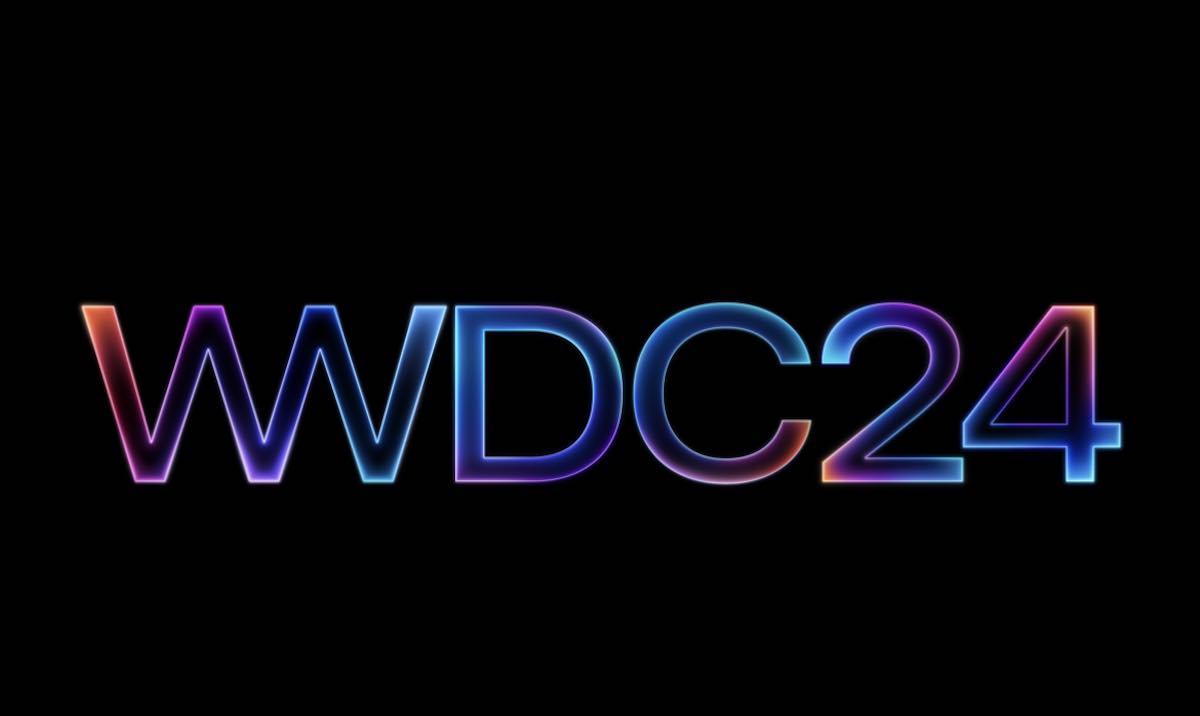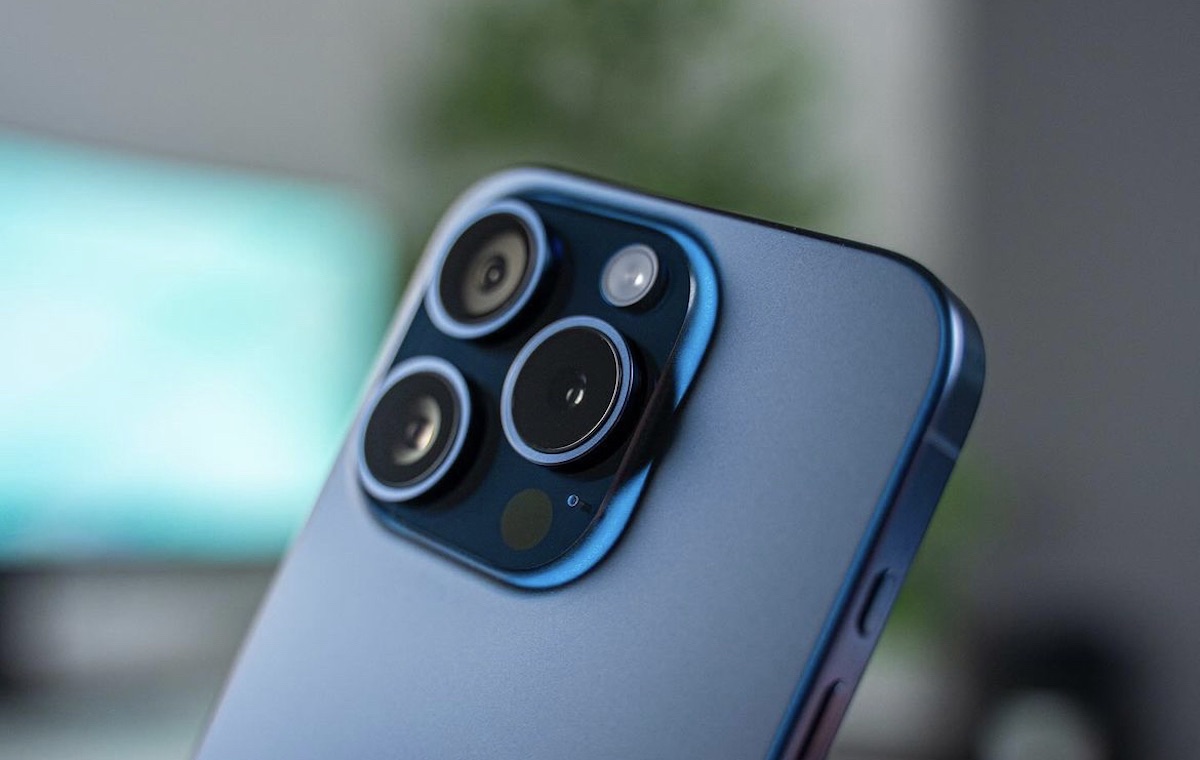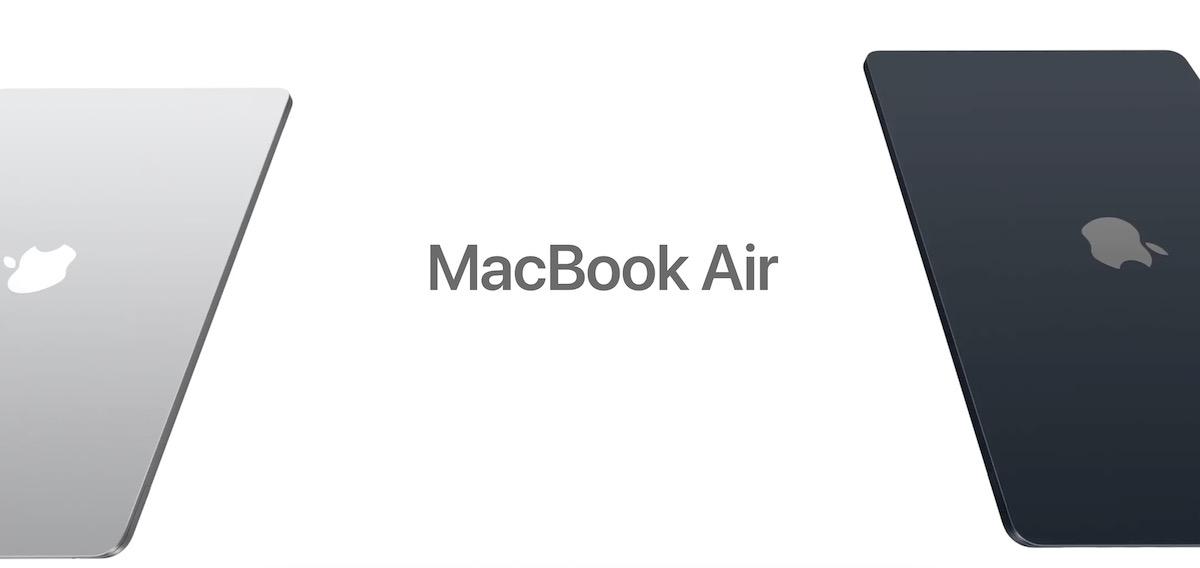Apple Inc., founded by Steve Jobs, Steve Wozniak, and Ronald Wayne, has carved a remarkable legacy in the tech industry since its inception in 1976. This post takes you on a captivating journey through the evolution of Apple, tracing its roots to its current status as a global tech giant.
Introduction: In the early days, Apple focused on producing personal computers, with the release of the Apple I and Apple II. These early models laid the foundation for the company’s commitment to user-friendly design and innovation.
Macintosh Revolution: The unveiling of the Macintosh in 1984 marked a pivotal moment, introducing the graphical user interface and revolutionizing personal computing. The iconic “1984” Super Bowl commercial symbolized Apple’s bold approach to challenging the status quo.
The Dark Ages and Resurgence: The ’90s brought challenges for Apple, including leadership changes and financial struggles. However, the return of Steve Jobs in 1997 heralded a renaissance. The launch of products like the iMac G3 and the “Think Different” campaign showcased Apple’s renewed focus on creativity and individuality.
The iPod Era: In 2001, Apple entered the music industry with the iPod, transforming the way people listen to music. The integration of iTunes provided a seamless user experience, setting the stage for Apple’s ecosystem approach.
iPhone Revolution: The year 2007 witnessed the game-changing release of the iPhone, combining a phone, iPod, and internet communicator in one device. This innovation not only reshaped the smartphone industry but also laid the groundwork for the app ecosystem.
iPad and Post-Jobs Era: The launch of the iPad in 2010 solidified Apple’s dominance in the tablet market. Despite the passing of Steve Jobs in 2011, Apple continued to thrive under the leadership of Tim Cook, emphasizing product refinement and user experience.
Apple Watch and Wearables: Apple’s foray into wearables began with the Apple Watch in 2015, introducing health and fitness tracking features. This move reflected Apple’s commitment to holistic user well-being.
M1 Chip and Future Prospects: Recent innovations include the transition to Apple’s custom M1 chip, showcasing their dedication to in-house hardware development. As Apple continues to innovate, the possibilities for the future seem boundless.
This post provides a glimpse into Apple’s transformative journey, illustrating how the company’s commitment to innovation, design, and user experience has shaped the tech landscape. Stay tuned for more insights into the world of Apple as we explore its latest developments and future endeavors.



